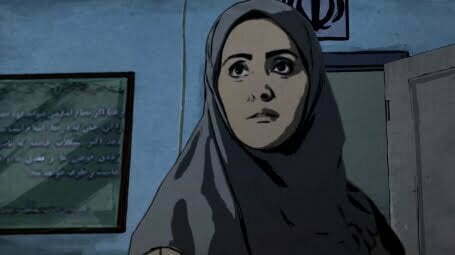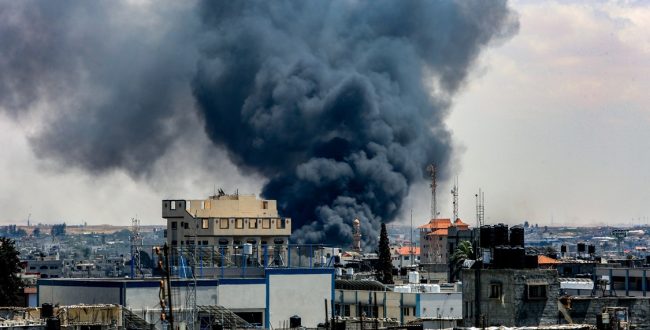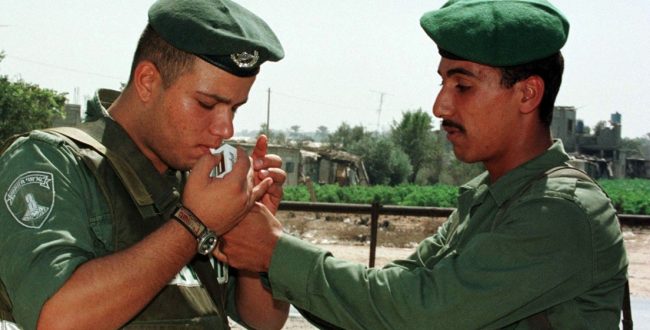Recent weeks have seen renewed rounds of protest in Iran. These demonstrations are indicative of a broad range of woes that Iranians are fed up with – be it the harsh economic reality, the corruption in the courts and in government, or the general political oppression, and specifically that of women.
Since the Islamic Revolution in 1979, cinema has served as a major means for expressing dissent and criticism in Iran. Many directors have critiqued the regime in their films and gone into exile as a result. One such expatriate is Ali Soozandeh, who recently directed and co-wrote the animated feature film Tehran Taboo (2017) in Germany, where he enjoys greater freedom of expression.
In an interview, Soozandeh stated that his goal in making the film was to “break the silence”. Indeed, the film paints a dark, unflattering picture of present-day Iranian society, touching on the most sensitive cultural, social and political subjects. The characters lead double lives, crossing boundaries in the hypocritical world of Tehran in which sex, corruption and drugs flourish along with strict religious rules and patriarchal traditions.
The main character is Pari, a young mother who resorts to prostitution to support her mute six-year-old son, Elias, while her husband is in jail. The child’s inability to speak symbolizes millions of Iranian children, who are growing up in a cruel reality that regularly exposes them to exploitation and physical and mental distress. Yet his lack of voice is also a metaphor for the silence of Iranian society as a whole.
Corruption and double standards are evident in almost every scene. When Pari tries to convince the judge at the Islamic Court to sign her divorce papers, he demands that she become his mistress in return. She has no choice but to move in with her son to an apartment owned by the judge. There, Pari strikes up a close friendship with the daughter-in-law of the neighbors, Sara, sparking a chain of events that ultimately costs Sara her life.
Sara’s suicide is an extreme form of escapism and serves as metaphor for the despair of an entire nation. Yet it also represents a grim reality: According to the NIH, Iran has apparently had the highest increase in suicide-related deaths among Eastern Mediterranean Region (EMR) and Islamic countries in recent decades.
Another plot thread centers on a talented young musician named Babak, who earns a living as a club DJ and piano teacher for the wealthy. One night, he sleeps with a young woman named Dunia in a club restroom. The next day, she informs him he is responsible for the loss of her virginity and demands that finance her hymen reconstruction surgery, as she is set to be wed in a week.
Babak’s frenzied search for cash and for a surgeon to carry out the procedure is a comic farce. However, it also shines a bright satirical light on Iran’s medical black market, which operates in primitive, life-threatening conditions and is flourishing thanks to the failing economy. In the end, we discover that Dunia lied: She needs the surgery because she is under contract with a pimp who plans to sell her to one of the Gulf Emirates, where “men like young Iranian virgins”.
As with Marjan Satrapi’s Persepolis (2006), the reason for the use of animation quickly becomes clear. Scenes of sexual violence, animal abuse, public execution and suicide abound, and avoid live subjects affords viewers enough distance from the horror to engage with the difficult issues. While Persepolis used two-dimensional animation, Tehran Taboo was created with a special technique called rotoscoping, which is based on filming live actors. Every shot was filmed with a green screen and digitally edited, making the characters and street scenes look realistic.
Both Persepolis and Tehran Taboo are about forbidden issues: alcohol, drugs, prostitution and extramarital affairs. Both movies harshly criticize the oppression of women in Iran and the corruption and hypocrisy of the religious establishment, including the ease with which the ‘morality police’ can be satisfied with a bribe. The thriving black market in fake passports, work visas and other official documents is also portrayed in detail, highlighting the younger generation’s yearning to leave Iran.
The recent resurgence of demonstrations in Iran is the latest expression of the protest against the theocratic regime and its ills that Iranian cinema has been waging for years. Tehran Taboo has shifted this criticism from the implicit to the realm of direct and even blatant objection. Yet its characters deal with the social and religious restrictions that cage them in by escaping reality. By doing so, they in a sense accept their fate rather than acting to change it.
A character in Persepolis says at one point, “You always have a choice, even when you think you don’t.” That appears to be the underlying message of Tehran Taboo.
Translated by Michelle Bubis


















